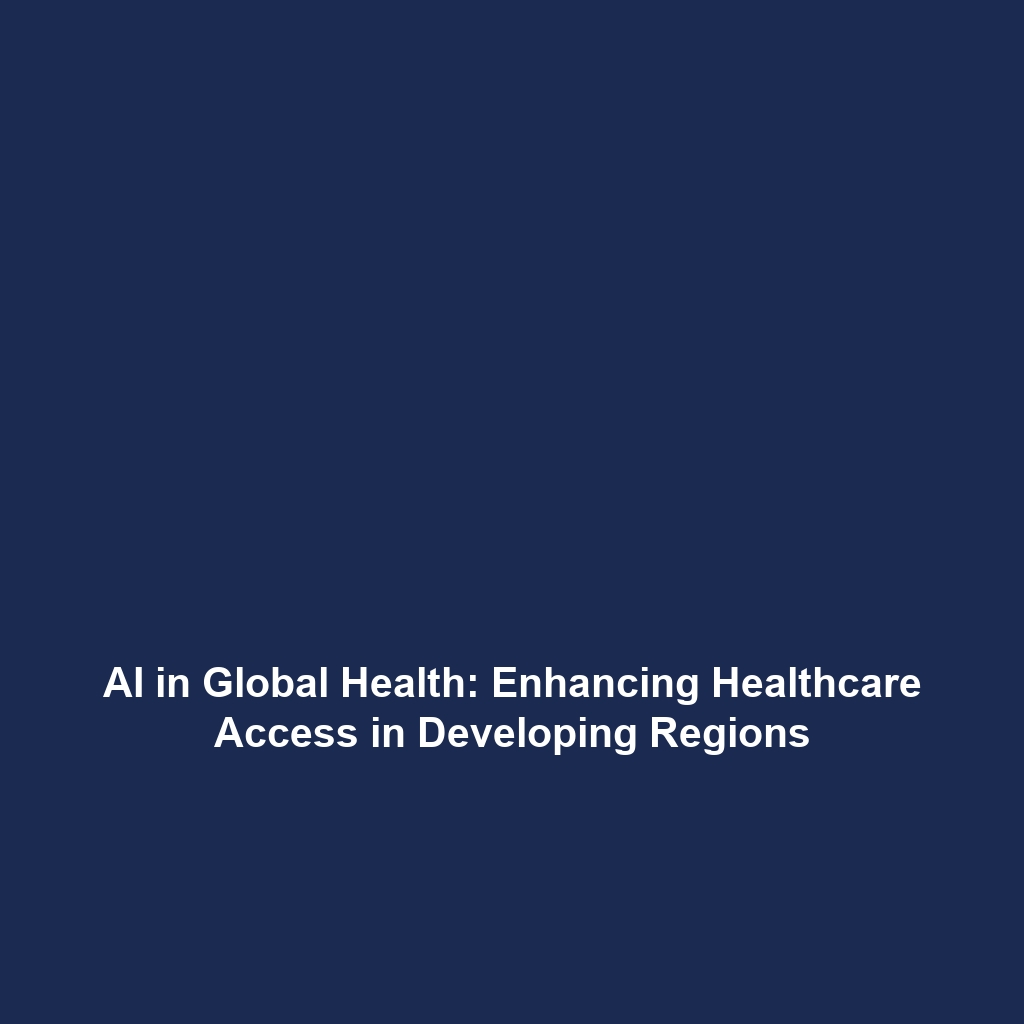Ethics of Mind Control in Brain-Computer Interfaces
The ethics of mind control is an increasingly significant discussion point within the realm of brain-computer interfaces (BCIs). As technology advances, the ability to influence brain functions raises critical questions about autonomy, consent, and the potential for misuse. Understanding the ethical frameworks surrounding these technologies is essential for stakeholders at all levels, including developers, users, and policymakers. This article explores the core ethical concepts, real-world applications, current challenges, and future research directions related to mind control within BCIs.
Key Concepts
When discussing the ethics of mind control, several key concepts come into play:
- Autonomy: The principle that individuals should have control over their own mental processes and decisions.
- Informed Consent: The necessity for individuals to fully understand the implications and consequences of mind control technologies.
- Privacy: Ethical concerns regarding the invasion of mental privacy through BCI applications that can access or manipulate thoughts.
- Potential for Exploitation: Concerns over how mind control technologies may be used for coercive purposes or manipulation.
These concepts underscore the need for stringent ethical guidelines as brain-computer interfaces evolve.
Applications and Real-World Uses
The applications of ethics of mind control in brain-computer interfaces are vast and a subject of ongoing exploration. Some notable examples include:
- Neurorehabilitation: BCIs are used in therapeutic settings for individuals recovering from strokes or brain injuries, allowing for controlled stimulation of brain areas.
- Assistive Technologies: For individuals with severe disabilities, mind control technologies can empower them to interact with devices and communicate effectively.
- Gaming and Entertainment: Companies are developing mind-controlled gaming systems that utilize brain signals for an enhanced user experience.
These applications demonstrate how the ethics of mind control plays a crucial role in ensuring responsible development and use of BCIs.
Current Challenges
Exploring the challenges associated with the ethics of mind control in brain-computer interfaces reveals several pressing issues:
- Regulatory Framework: There is a lack of comprehensive regulations governing the use of BCIs, which raises ethical concerns about user protection.
- Public Understanding: General awareness and understanding of BCI technology and its implications are still quite low, impacting informed consent processes.
- Technological Misuse: The potential for the technology to be used unethically, such as brain hacking or unauthorized mental influence.
- Equity Concerns: Ensuring equitable access to the benefits of BCI technologies without exacerbating existing societal disparities.
Future Research and Innovations
The landscape of ethics and mind control in brain-computer interfaces is poised for innovation. Some areas of future research include:
- Improved Ethical Guidelines: Developing robust ethical frameworks that address emerging concerns as BCI technologies evolve.
- Public Engagement: Initiatives to enhance public understanding of BCI applications and their ethical implications.
- Technological Safeguards: Innovations aimed at protecting users from potential abuses of mind-control capabilities.
Such advancements can promote the responsible use of brain-computer interfaces while fostering public trust in these technologies.
Conclusion
The ethics of mind control is a crucial consideration in the development and application of brain-computer interfaces. As we navigate this complex landscape, it is imperative to uphold ethical standards that prioritize individual autonomy, privacy, and informed consent. Moving forward, stakeholders must engage in ongoing dialogue and research to address these ethical dilemmas proactively. For more insightful readings on brain-computer interfaces and their ethical implications, visit our related topics page.









